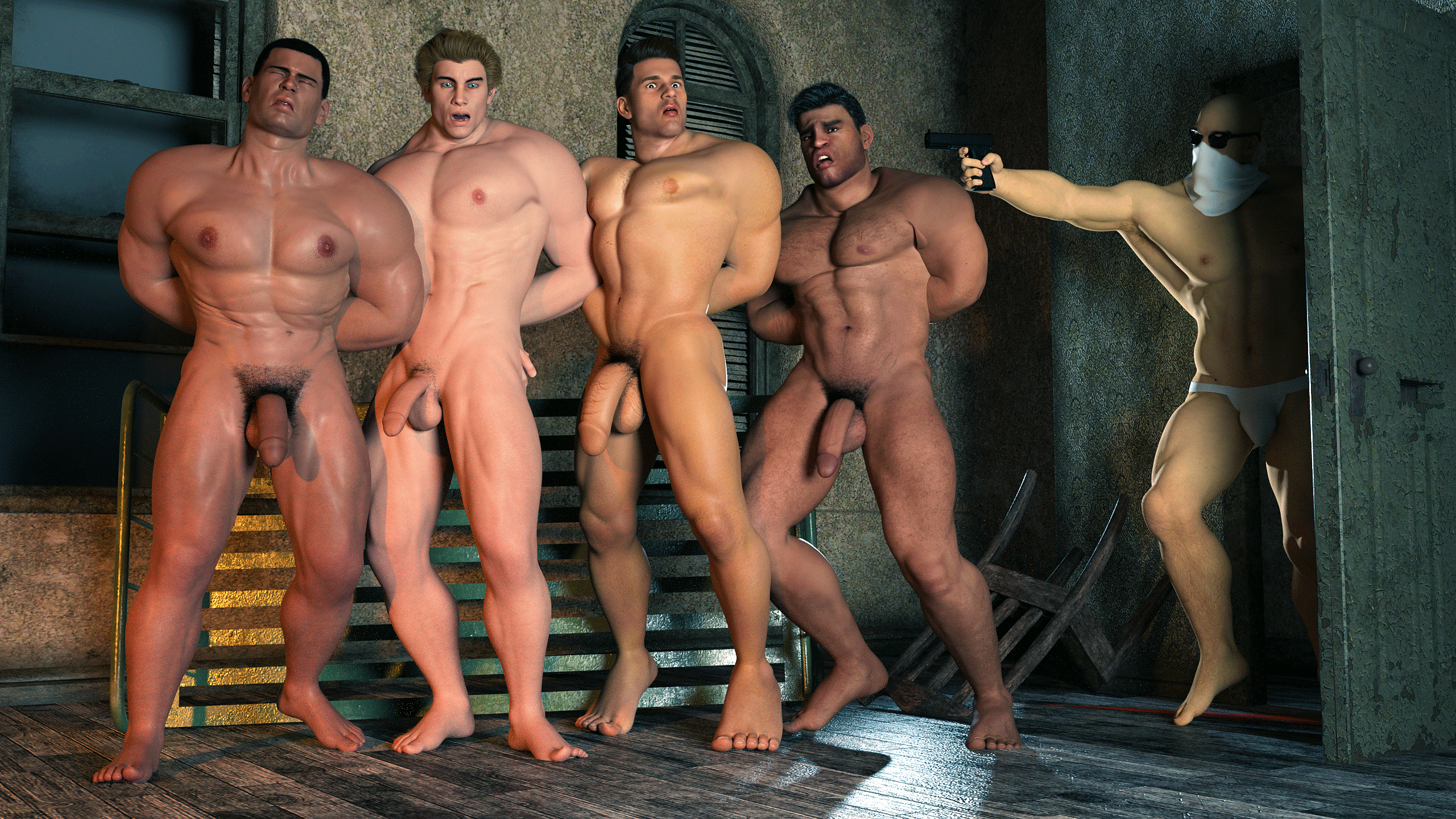2022. Four rival gang members are captured trespassing where they should not have ventured. All four are used to set an example for any rival gang. The four have their wrists bound and they are made to stand together naked and vulnerable in a cold abandoned hotel room. Then, as they worry about the many possibilities which could befall them, fate steps in from the shadows.
Stories of men being attacked in groups by other men have surged in popularity, particularly in social media and news outlets. These kinds of stories often evoke feelings of heroism and masculinity among male audiences, leading them to resonate deeply with these narratives. But why does this happen? A few reasons why stories of men being attacked in groups by other men are so captivating today can be spelled out clearly:
- The stories reaffirm masculine identity — Men have long been socialized to embody stereotypical masculine traits such as bravery, strength, and courage. When they hear about other men demonstrating these traits in real-life situations, it reinforces the idea that masculinity is something to be proud of. These stories also tap into the idea of chivalry, where men are expected to protect others from harm, especially women and children who often are viewed as less important than men because women and children are by nature weaker physically than men. By showing a man standing up to a group of attackers, these stories reinforce the notion that men should be protectors and defenders.
- The stories highlight male bonding — Men often bond through shared experiences of physical activity and competition, such as playing sports or engaging in a fight. Stories of men coming together to fight off attackers tap into this sense of male camaraderie, where men stand up for each other and form a tight-knit group. This bonding helps bolster feelings of masculinity and heroism among the men involved.
- The stories tap into notions of justice — Men are socialized to seek justice and protect those who are vulnerable. When stories of men being attacked by groups emerge, the idea of seeking justice and taking on bullies resonates deeply with male audiences. In this context, the attackers are seen as the villains, and the men standing up against them are the heroes fighting for what is right.
- The stories reflect larger societal issues — Stories of men being attacked often reflect larger social issues such as violence, so-called “toxic masculinity,” and masculinity as seen through the lens of gang culture. As men become more aware of these real-life issues, man can be drawn to stories of other men standing up to these issues and addressing them head-on. In this way, these stories serve as inspiration for men to take action and make a difference in their own communities.
Stories of men being attacked in groups by other men resonate deeply today because they reinforce in a man’s mind deeply-rooted cultural and social ideals of masculinity, male bonding, justice, and societal change. By highlighting the bravery and heroism of men standing up to bullies, these stories tap into the innate desire for men to protect and defend those who are vulnerable. Moreover, such stories provide a sense of inspiration and encouragement for men to take action and make a difference in their own lives and communities.
